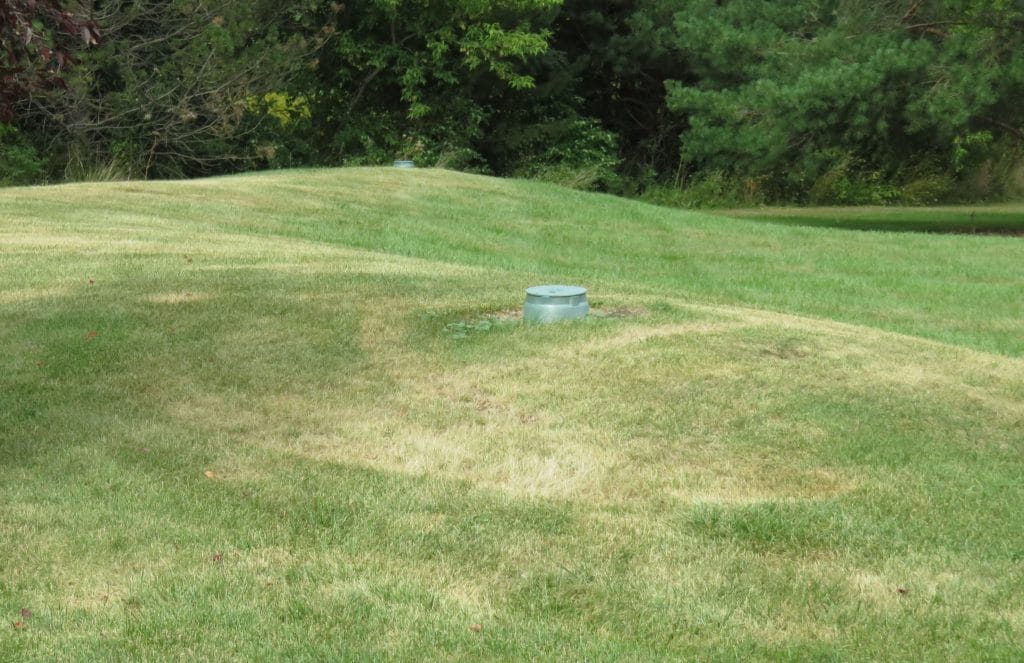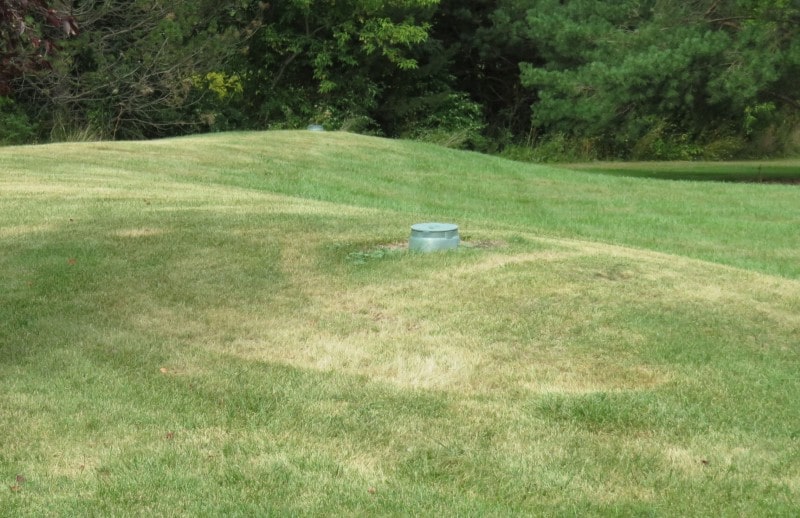
Sand mounds, like all septic system types, are made of various materials according to the customer’s budget range. The most common are concrete and steel sand mounds. Concrete can last a year up to 40 years. The lifespan depends on the mixture and quality of the concrete material. It is very porous and is very vulnerable to cracks that will definitely affect its performance and longevity. Steel sand mounds are said to last 15 to 20 years but by that time, they would already be so rusted. These would give out when a vehicle runs over them. Both concrete and steel sand mounds start deteriorating the moment they are installed. It would be better if you get them installed when the soil or the weather is dry. Polymer is the latest material that is said to be the most durable and long lasting among all three. It resists the acids and the salts that deteriorate concrete and steel easily. Just as long as its physical structure remains intact, it will be fine. It also promises decades of use.
Waste water has a lot of substances that will contribute to a sand mound’s degradation and malfunction. The concoction is often a result of various household solutions that the homeowners have used through the years. Most of them prefer antibacterial ones that really affect the internal environment of the sand mound. As you know, the sand mound must retain a good number of bacteria for the breakdown of the solid waste materials that enter the system. This is to prevent clogging and failure of the filter and soil absorption systems. These chemicals also affect the physical structure of the sand mound tank and components. The structures should endure the torture of the harsh solutions and attacks of the natural elements as well.
In your search for the best value sand mound, you went to the biggest septic store in town to inquire about the best manufacturers of sand mound systems. It would be better to have a more expensive source because of the quality of raw materials that they use. There is a reason why cheap sand mounds are cheap anyway. If ever a client already had a sand mound installed in the property that he or she bought, you are often called to make a thorough sand mound inspection. This would allow you to know the age, condition, and size of the sand mound.
Your son was so happy to have spent an entire day with you. He even went with you to deliver the sand mound system. Maybe he would carry on and be in the same field as you some day. Maybe head your own septic business. We hope this article helped answer the age old question of how long do raised mounds last?
